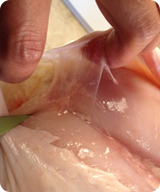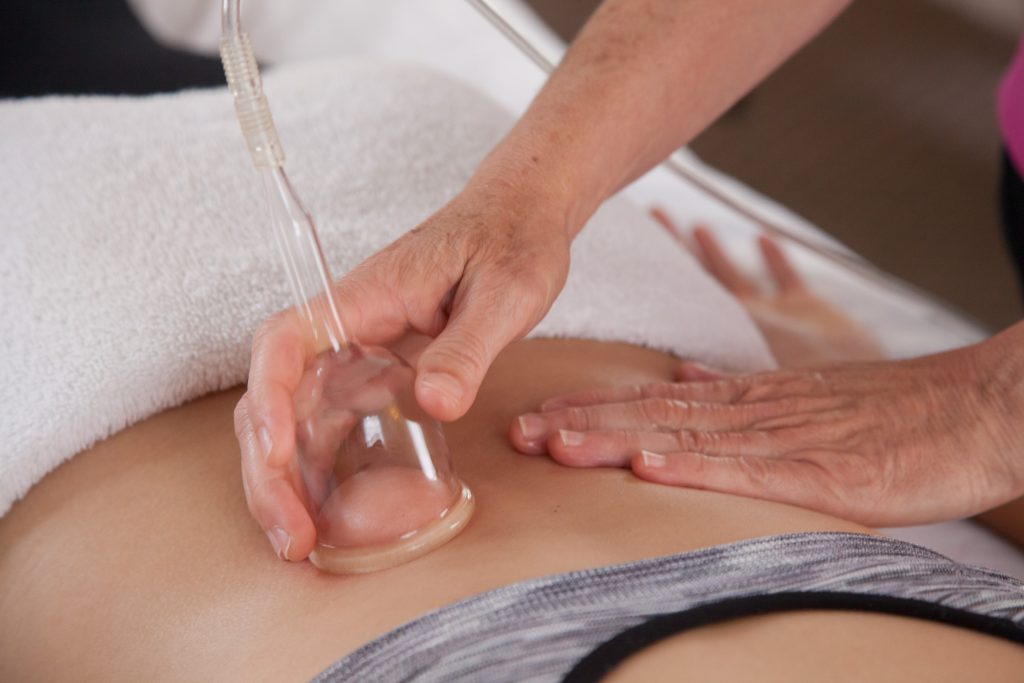My program of Releasing primitive CNS innate protective ligament responses as a priority, helps Restore a sense of safety and trust into the heart of the CNS, allowing an ease and flow of tissue releases. Having established this foundation, Connections of higher CNS postural responses are accessed for healthier healing responses and overall wellness.
I have been told by my clients, my approach has a “gentle melting quality” that helps enhance their tissue remodeling, restoring movement flow back into their bodies where they were feeling weighted-down, stuck and heavy. I primarily use Reflex Integration, Fascial unwinding with photomodulation (light therapy torches/pads) frequencies, Lymphatic Drainage Therapy, Meridian Massage/points, Craniosacral Therapy, structural integration techniques, and vibrational platform movement therapy.
It is my inner purpose to assist you or your child in opening to a deeper sense of healing and connection through the unwinding and balancing of soft tissues that affect the body structure and function as a whole.
I know of no part of the body that equals the fascia as a hunting ground. All nerves go to and terminate in that great system, the fascia. By its action we live and by its failure we die. The soul of man, with all the streams of pure living water, seems to dwell in the fascia of his body.
– A.T. Still, the founder of Osteopathy
Every client remains fully dressed in comfortable clothing when receiving a treatment. Sessions are adaptable for young children, individuals with special needs, and for those who have trouble being still. Clients are not required to be on the massage table. I am able to treat individuals wherever they need to be to feel safe and comfortable.
I primarily use Craniosacral/Myofascial Unwinding techniques with the support of Lymphatic Drainage Manual Therapy, Muscle Energy Techniques, Reflex Integration, and Deep Heart Healing. These techniques help the client create healthier connections at a deeper level for a more profound impact.
My goal is to support your body’s self-healing capabilities and restore healthier connections. Healing is very unique. Each one of us has our own story, response, and healing potential. Your experience – how your body responds to life and to treatment, will be completely yours. Whatever stage you are at in your healing journey (physical, mental, emotional, and spiritual), releasing and unwinding fascia is one of the best things you can do for your health and well-being!
How fascia affects your rehabilitation, chronic injury, and general wellness
As a body worker, my intention is to look and feel for soft tissue strains impacting movement and balance within the body. Our richest and largest sensory organ is not the eyes, ears, or skin, but it is, in fact, our muscles with their related fascia.
Fascia is a unique stabilizing and protective network of soft tissue. It is unified from head to toe, side to side, superficial to deep, and it connects to every structural cell in the body. Fascia is a contributing factor in shaping our body. If your bones were removed, the fascia would still keep your body’s shape intact. This intricate webbing system is able to grow, expand, and change with our every movement beginning in the second week of pregnancy.
Have you prepped chicken and in the process of trimming the fat, come across a shiny, thin, see-through layer on top of the skin, and this layer is tough to cut and peel? This is fascia! It encases the entire chicken and sometimes you can see the fascia run through the meat. Not fun to chew or to cut! Now picture this running all through your body, encasing every cell, muscle, bone, and organ!
Another example of fascia encasement is a glove. Your hand represents your body and the glove is the fascia encasing the whole hand as it moves. When the fascia is affected by strain, picture putting a glove on but this time the glove is a size smaller than the original! Now the hand has to compensate its movement and adjust how it functions with strained fascia, impacting its nerves, muscles, blood flow, lymph, and joints!

Fascia responds to sensory input by contracting, relaxing, or changing its composition. Healthy fascia is relaxed, pliable, and elastic. It provides a lubricating quality for movement; it helps nerves to easily slide as it streamlines through muscles, travels next to bone, and goes in and around internal organs. Healthy fascia is an ideal state for whole body function yet it goes unnoticed and untreated by most medical professionals. Constricted and tight fascia can occur from traumas, accidents, surgery, dehydration, repetitive motion syndromes, poor postural habits, neuromuscular weakness, concussion, traumatic and assisted births, dental procedures, whiplash, and more.

When stressed fascia contracts, it becomes tough and plastic-like. This places strain on the very structures it aims to protect. As fascia thickens and adheres to nearby structures (bone, muscle tissues, joints, and skin), nerves become restricted and their pathways are interrupted. The component that facilitates their gliding is limited, and the nerves are continually tugged and overstretched every time the body moves. Over time this begins to affect other areas of the body.
For example, Joe injures his shoulder. The fascia is like one big scuba suit. As the fascia tightens around the shoulder joint, it also begins to pull into the neck and jaw, upper trapezius, and into the opposing shoulder, causing them to be unleveled before spreading into the chest area. As time goes on, this can pull into the rib cage, diaphragm, and even into the opposite hip causing one hip now to be higher than the other, as well as traveling further down into the knee and into the feet. Now the whole body is feeling the effects of the original shoulder injury.
Fortunately, adding Craniosacral/Myofascial unwinding into Joe’s rehabilitation program will help decrease fascia pulling and increase healthy remolding without affecting other areas of the body. Now his physical therapist can concentrate on strengthening the shoulder muscles, and his chiropractor, acupuncturist, or other therapeutic practitioner can influence change without fascial drag. Thus, healthy nerve innervation and function have been increased, while recovery time has been decreased – a wonderful thing!
